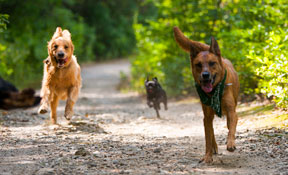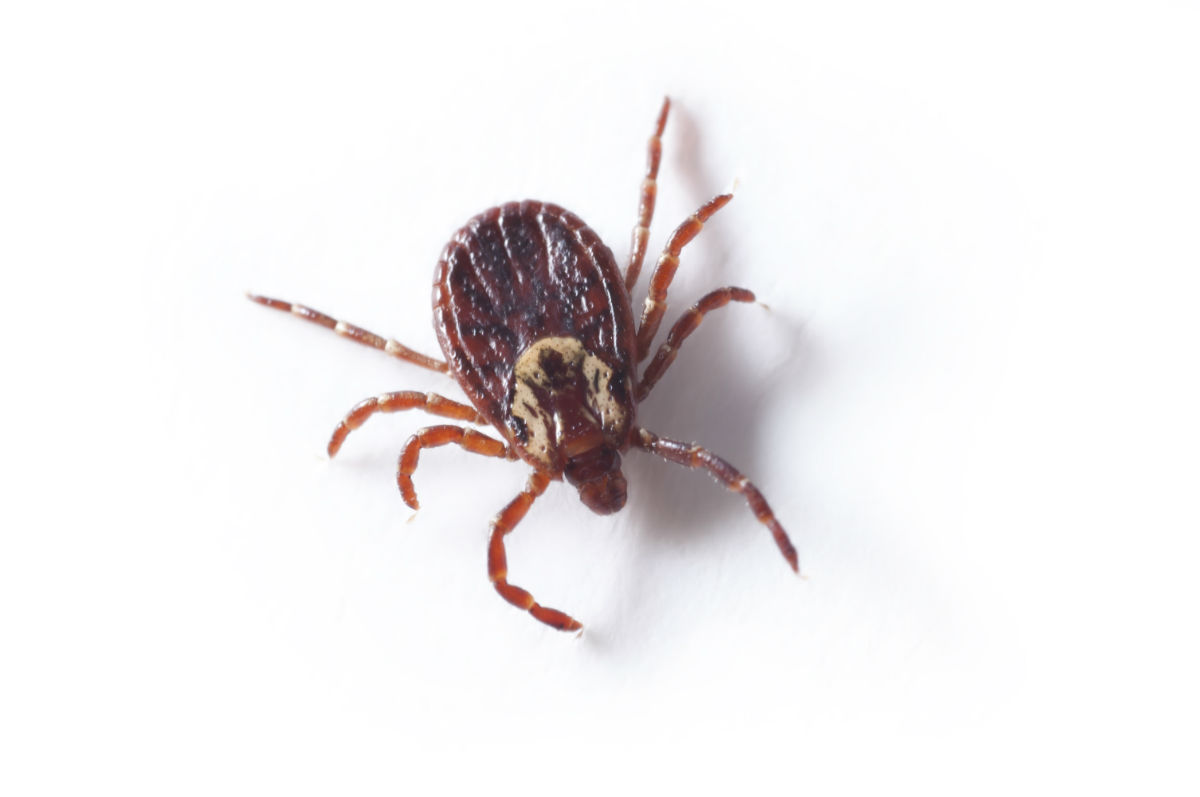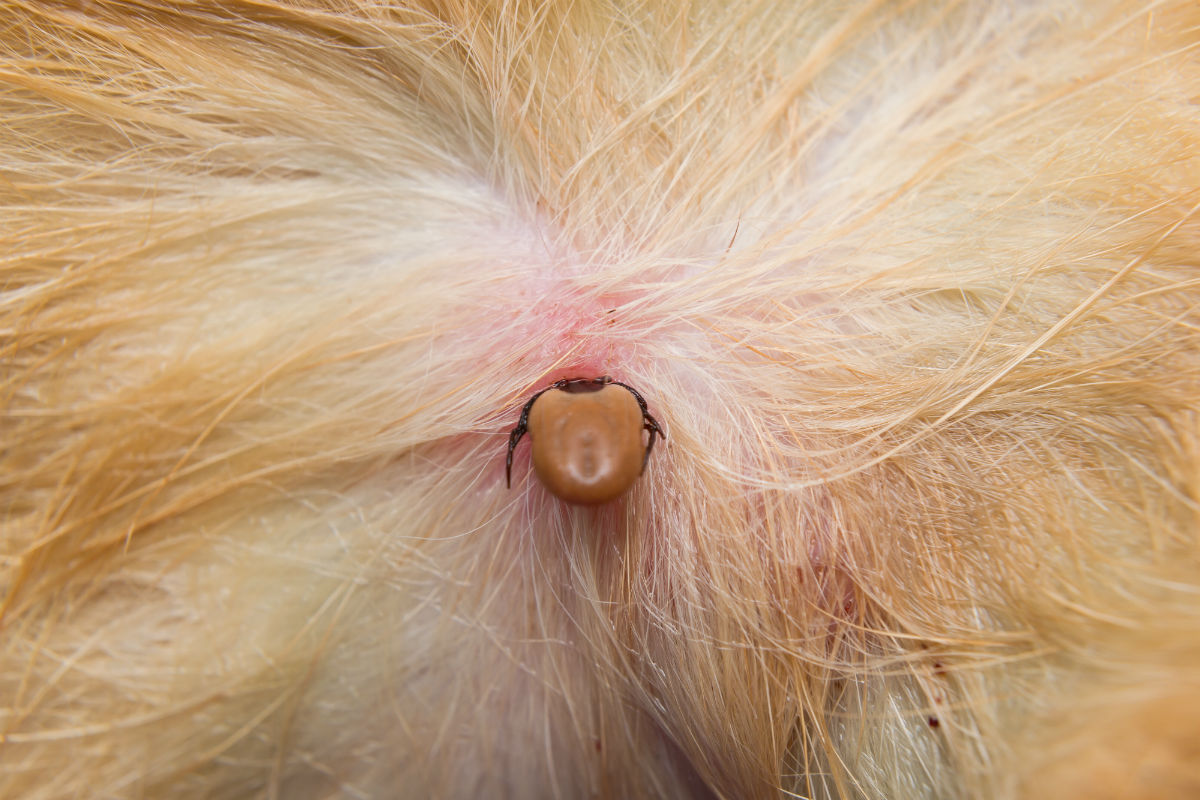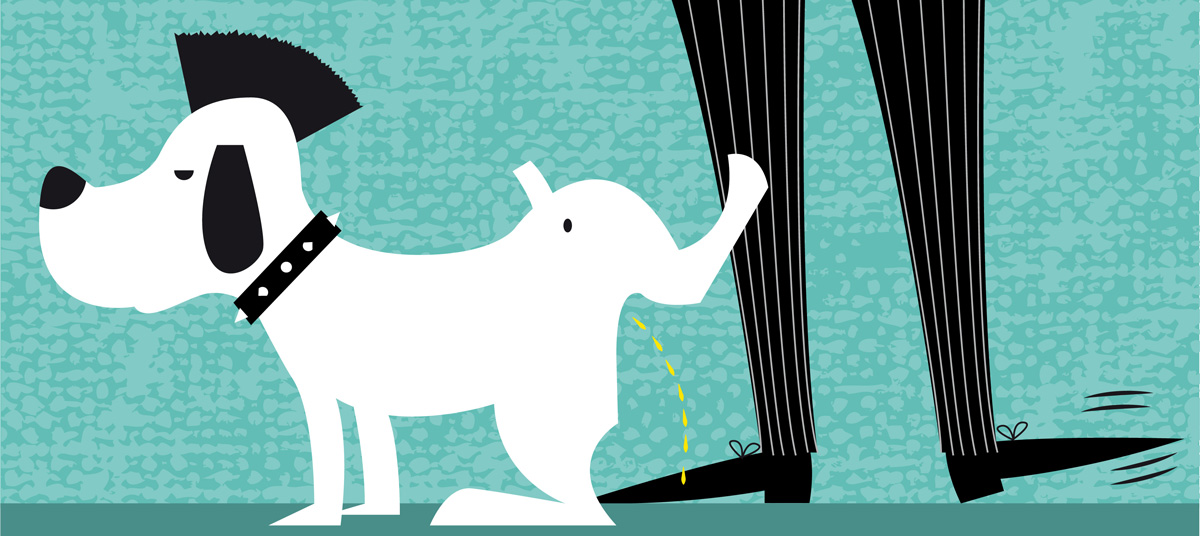Ticks: How to Stay Safe
by Jennifer Wheeler
Summer is around the corner! We’ve all been cooped up for months, and with things starting to open up we expect more of our urban pups than ever to be hitting the parks and the trails. While we love the idea that people will be spending more time socializing outside to protect themselves from Covid-19, we want to remind our community not to forget about protecting themselves and their dogs from tick-borne diseases like Lyme and Anaplasmosis.
How
Prevention
- Treat your dog with a reliable product that repels ticks and a reliable product that kills ticks that attach. A topical application like Frontline repels and kills ticks.
- Avoid tall grass and shrubbery when going for walks or taking hikes. Stay on the trails.
- Wear long pants, and tuck your pants into your socks.
- Wear light-colored clothing. It’s easier to spot the ticks.
- Spray your skin and clothing with a bug repellent that contains DEET. We use one with 25% DEET, which lasts for the duration of a lengthy hike. A product with 10% DEET will last about 2 hours. Do NOT use on children under 3 years old, and don’t spray on your kids’ hands. Do NOT spray your dog.
- Try a natural repellent for your dog’s fur.
After a Hike
- After your hike, and before you go home, check yourself and your dog carefully for ticks.
- Spray your dog down with water before you get in the car if you can.
- Shower yourself immediately when you get home. Ticks take time to attach, and if you rinse your body with water and scrub with a wash cloth, unattached ticks will fall away. Don’t forget your scalp.
- If it was a really tick-filled day, before bedtime, check everyone again.

Signs of infection
- Lyme is the most common bacterial disease carried by Ticks in the Northeast.
- Symptoms in dogs include fever, lameness, stiffness, loss of appetite, and joint swelling.
- Symptoms in people are similar and include fever, chills, achy joints, fatigue, and sometimes (but not always) a bullseye rash at the site of the bite. The rash usually appears about a week after the bite.

Removal
- If you find an attached tick, don’t panic. Remember, it takes between 24-48 hours for a tick to transmit any bacterial diseases like Lyme.
- Using a pair of tweezers, clamp the tick as close to the head as possible. Pull slowly and steadily, checking to make sure that you remove the head. Ticks release an anesthetic when they attach so pulling it out will not hurt your dog.
- If you don’t have tweezers, just use your fingers! The most important thing is to remove ticks ASAP.
- Make sure the tick is dead, then discard it. Do not save it for your veterinarian to test unless you have reason to suspect your dog has already been infected with Lyme. 50% of ticks in our region carry Lyme, so there is as strong chance that any test will come back positive, which is irrelevant if you pulled the tick off within a day of it attaching.
About the author
Jennifer is a writer and graduate of NYU School of Law. Jennifer researches and writes original, science-based articles for the NYC Doggies blog, and her writing on other topics can be found in the Huffington Post. Jennifer and Ovidiu have co-authored the upcoming book, WHOLE DOG PARENTING: EVERYTHING YOU NEED TO RAISE AND TRAIN AN URBAN PUP








